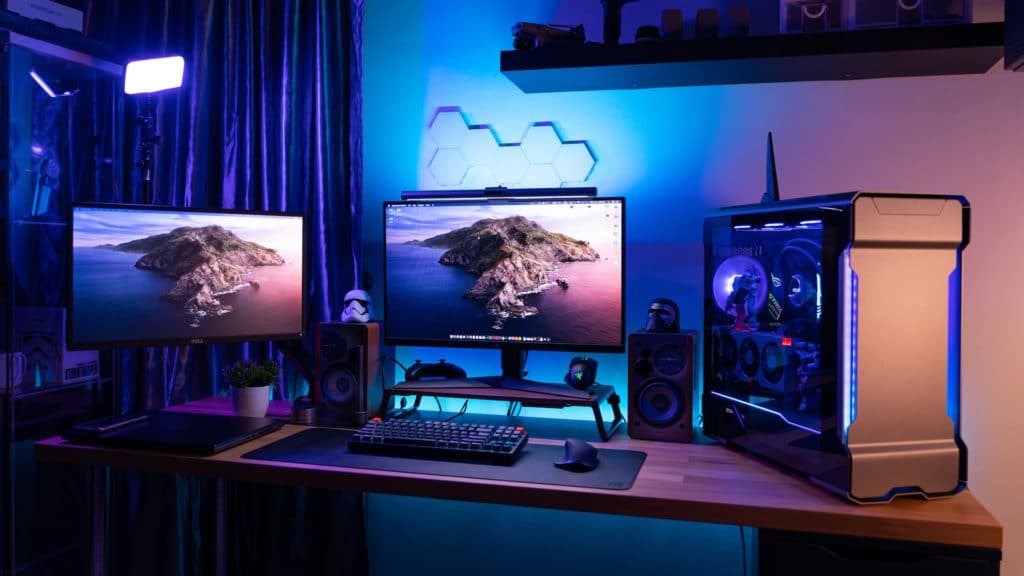The most critical part of building your own computer is knowing how to install a CPU and how to install a heatsink. The pcdesigner is the brain of your computer and is the most delicate part. It’s easy to damage, although most CPUs are designed so that they’re nearly impossible to install incorrectly.
Installing a CPU is one of the most important steps in building a PC
The heatsink cools the CPU and keeps it from frying. Heatsinks are fastened to the top of the CPU and sometimes come with an additional substance called “thermal paste.” This is a thin gel that adds an additional layer of cooling. Let’s look at the basic steps for installing the CPU and heatsink.
1. Locate the Processor Socket
Before you can install a CPU you should find the processor socket on the motherboard. This is the square socket with numerous pinholes in it. Lift the lever to the side of this socket so that you can install a CPU into it.
Look closely at the pin pattern on your CPU socket. Notice that there is a diagonal corner where it appears some pinholes are missing. It might appear as a triangular pattern. This is there to help you properly align the CPU to the CPU socket. Carefully grab the CPU by the sides and turn it over to examine the pins at the bottom.
Compare the alignment of your pins with the pattern on your socket and you’ll see that there is only one correct pattern for alignment. Again, it’s virtually impossible to install the CPU incorrectly unless you force it. Make sure that you have the CPU and socket aligned correctly before proceeding onto the next step.
2. Mount the CPU
Once you are sure that the CPU pins and socket pins holes are matched up correctly, you can insert the CPU into the socket. Again, be sure to use that diagonal pin pattern as your guide.
You might meet some resistance as you are pressing down. This is a delicate procedure – and if you’ve never before learned how to install a CPU, you might think you are doing it incorrectly. However, learning how to install computer components takes practice. The resistance is normal. Again, the socket design and CPU pin patterns are designed to match perfectly.
Press down past the resistance point and then the CPU will slide smoothly into the socket. The CPU may make a snapping sound as it slips into the socket. When you’re sure it’s complete, lower the lever at the side of the socket to lock the CPU into the socket.
Check to see if your particular brand of CPU or cooling solution came with a protection plate. If it did, place it above the CPU as explained in your documentation.
3. Apply the Thermal Compound
Next comes the thermal compound. Some people choose to avoid this step altogether, while others who teach on how to install a heatsink swear by it.
Generally a properly designed heatsink will ensure that you may not need a thermal compound. However it doesn’t hurt to be too safe, especially with CPU processor speeds increasing and generating more and more heat. Thermal paste can usually shave off a few extra degrees of hot temperature off of your CPU.
Apply the thermal paste to the areas of the CPU that will make contact with the CPU. Begin by applying a little bit of the gel to the center of the CPU and then gently spreading outward. Don’t apply too much of thermal compound. A little dab will do you. Be sure to spread an even, thin layer of the gel to ensure that there is complete coverage over your CPU.


